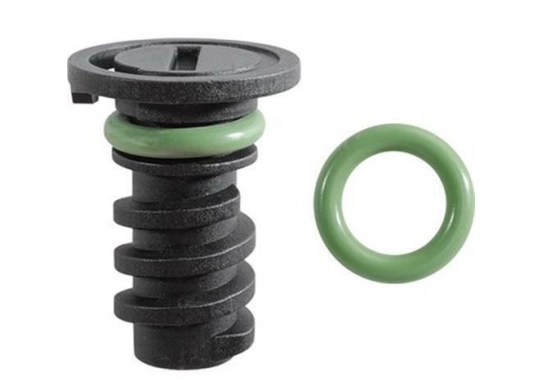axle oil seal
Understanding Axle Oil Seals Importance and Maintenance
Axle oil seals are critical components in any vehicle's drivetrain, playing a vital role in maintaining the integrity and efficiency of the system. These seals are designed to prevent the leakage of lubricant, thereby ensuring that the axle and differential components operate smoothly. In this article, we will discuss the significance of axle oil seals, their common issues, and maintenance practices to prolong their lifespan.
The Role of Axle Oil Seals
The primary function of an axle oil seal is to keep the axle lubricant contained within the housing. This lubricant is essential for reducing friction between moving parts, thereby preventing wear and overheating. Additionally, axle oil seals protect the internal components from dirt, moisture, and other contaminants that could potentially cause damage. Given their position, they are constantly exposed to high pressure and varying temperatures, making their robustness paramount for vehicle performance.
Common Problems Faced
Over time, axle oil seals can wear out due to a variety of factors. One common issue is degradation caused by heat and friction. This can lead to cracks, tears, or complete failure of the seal, resulting in oil leaks. Another problem arises from contamination, where dirt and debris can compromise the integrity of the seal, leading to premature failure.
Drivers may notice signs of a failing axle oil seal, such as oil spots under their vehicle or a noticeable decrease in lubrication levels. Ignoring these symptoms can exacerbate problems, leading to more extensive and costly repairs. In severe cases, failure of an axle oil seal can result in damage to the axle shafts and differential, significantly affecting the vehicle's performance.
Maintenance Tips
axle oil seal

To prevent issues with axle oil seals, regular maintenance is essential. Here are some practical tips
1. Regular Inspections Periodically inspect the axle seals for any signs of wear or leakage. This is especially important during oil changes or routine service inspections.
2. Use High-Quality Lubricants Ensure that the correct and high-quality lubricant is used for your vehicle. This can help reduce wear and extend the life of both seals and other drivetrain components.
3. Environmental Considerations Keep the vehicle clean and free from debris, especially around the axle area. This helps minimize the risks of contamination that could lead to seal failure.
4. Professional Service If you notice any signs of leakage or abnormal sounds coming from the drivetrain, consult a professional mechanic to assess the situation. Timely intervention can save you from more extensive repairs down the road.
5. Correct Installation If installing new axle oil seals, ensure that they are properly positioned and seated. Poor installation can lead to immediate failure, negating any benefits of new seals.
Conclusion
Axle oil seals may be small in size, but their impact on vehicle performance is substantial. Understanding their function, recognizing potential issues, and adhering to proper maintenance practices are key to ensuring their longevity and the overall health of your vehicle. By taking these steps, drivers can avoid costly repairs and keep their vehicles running efficiently for years to come. Regular attention to these overlooked components can make a significant difference in automotive reliability and performance.
-
Understanding the Front Main Engine Seal: Purpose, Maintenance, and Installation
News Jul.29,2025
-
Understanding O-Rings and Seal Rings: Types, Applications, and Custom Solutions
News Jul.29,2025
-
Understanding Crankshaft Oil Seals: Rear Seals, Pulley Seals, and Their Role in Engine Integrity
News Jul.29,2025
-
The Importance of Front and Rear Crankshaft Seals in Engine Performance and Oil Management
News Jul.29,2025
-
Crank Oil Seals: Functions, Types, and Cost Considerations in Engine Maintenance
News Jul.29,2025
-
A Comprehensive Guide to O-Rings and Seals: Types, Materials, and Global Applications
News Jul.29,2025
-
Mastering Diesel and Performance Engine Maintenance: A Guide to Critical Oil Gaskets
News Jul.28,2025
Products categories















